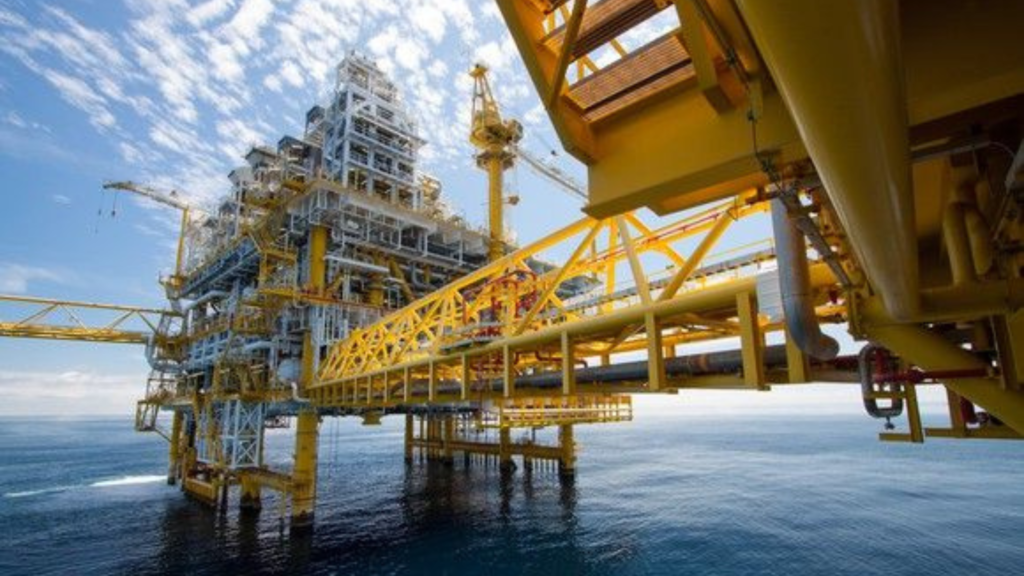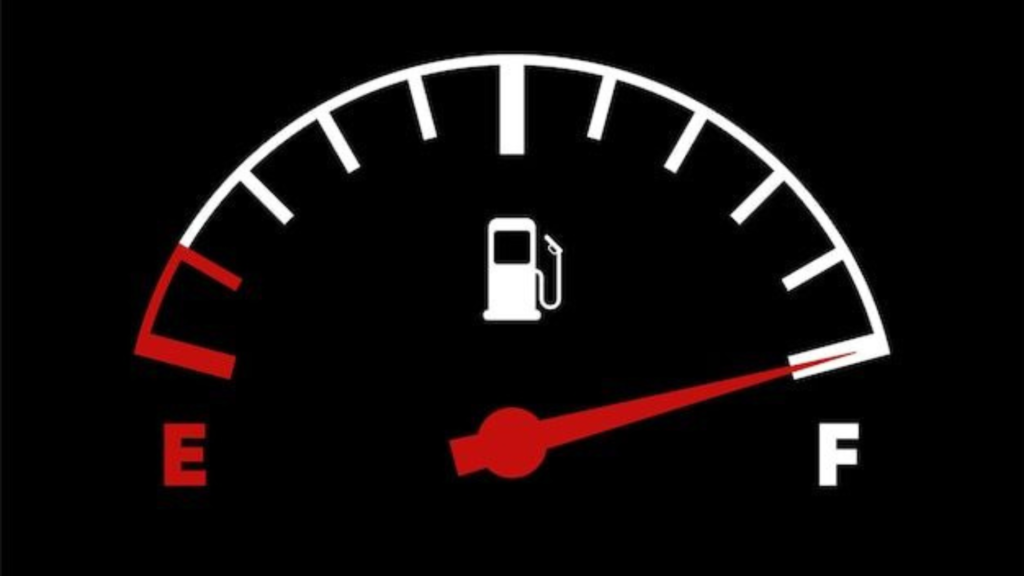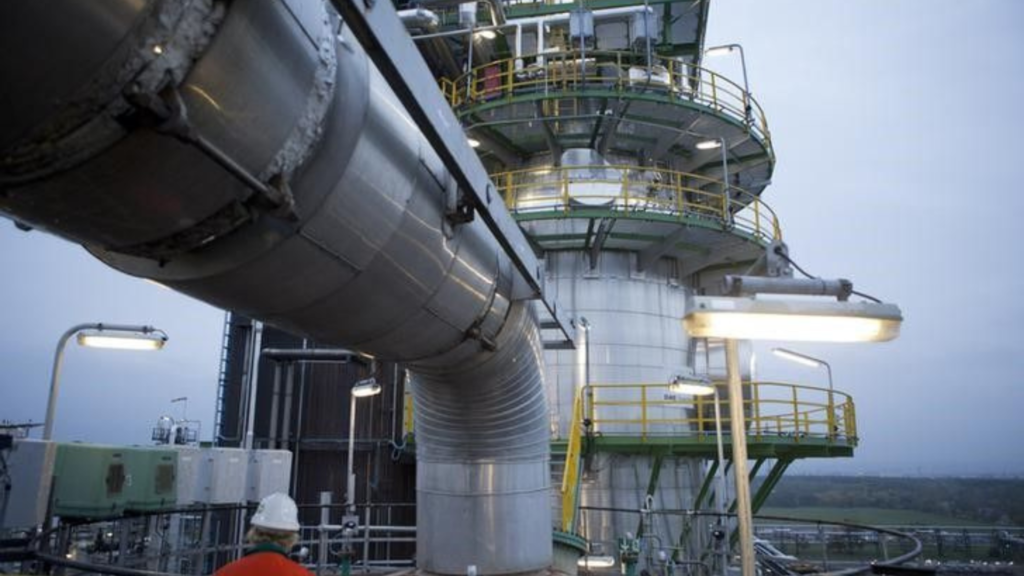Following a government report indicating the largest decline in US crude stocks in over a year, oil closed at its highest level in over two months. The Energy Information Administration said US oil stockpiles had dropped by 12.2 million barrels, the most since late July 2023, and West Texas Intermediate gained 1.3%. It closed at $84 a barrel, making it the highest closing price since mid-April. Since early June, crude oil has increased by around 14%.
What are Crude Stockpiles?
To begin with, let us define “crude stockpiles.” In essence, these are US stockpiles of crude oil that have not been processed. Consider them an oil savings account. The country’s cushion against interrupted supplies increases with the amount of oil it has.

On the other hand, a decrease in these stocks suggests that the supply may not be meeting demand, which frequently results in higher pricing.
Recent Trends
The most recent statistics indicate that US oil stocks have significantly decreased. According to the Energy Information Administration (EIA), stockpiles recently reduced by several million barrels, significantly more than the moderate decline that analysts had projected.

This unexpected fall in supply has impacted the oil market, causing prices to rise to their highest point in the past two months.
ALSO READ: Kevin O’Leary Explains How He Handles Family Members Who Ask for Bailouts
The Immediate Impact on Prices
Prices typically rise immediately when crude stockpiles decline. This is because the sense of scarcity brought on by reduced availability could lead to buyers paying more to get the oil they need.

Due to the market’s anxiety over the limiting supply, oil prices recently surged to their highest point in two months in response to the stockpile drawdown.
The Role of OPEC
OPEC’s involvement is one of the key factors determining oil prices. Some of the biggest oil-producing nations in the world are members of OPEC, which is important for controlling the world’s oil supply.

When OPEC decides to reduce production, reducing the quantity of oil available on the market can result in higher prices. If supply constraints from OPEC+ and the risk-on sentiment in the equities markets persist, crude prices will continue steadily rising.
The Role of Geopolitics
The impact of geopolitical developments is another crucial factor affecting oil prices. The Middle East’s conflicts and sanctions against oil-producing nations like Iran are examples of geopolitical tensions that can affect the availability and cost of oil.

A major incident like a drone assault on an oil facility or the recent escalation of hostilities in the Middle East, for instance, may raise prices and cause anxiety. Geopolitical risks aid gains as investors monitor the elections in Iran, France, and the UK.
The Impact of Hurricane Beryl
Since Hurricane Beryl is churning through the Caribbean toward Jamaica, fears of an aggressive hurricane season have helped support prices. However, the US macroeconomic climate presents additional challenges.

Chair of the Federal Reserve Jerome Powell stated on Tuesday, July 2, 2024, that the most recent economic data indicate inflation is beginning to decline again. Still, he stressed that authorities need more proof before cutting interest rates.
The Impact of Prices on Consumers
What does this mean for the everyday consumer? The cost of gas will increase, impacting travel and commuting schedules. Heating costs will also increase, especially in the wintertime.

Higher production and transportation costs will also be passed on to customers, raising the price of goods and services. Plus, household budgets are generally strained by these changes, which increase the cost of heating your home, filling up your tank, and buying necessities.
The Long-Term Prospects
Although the present price spike has been linked to the recent fall in US crude stockpiles, other variables will also shape future trends. One potential area of focus is the transition to renewable energy sources.

A steady drop in demand could impact oil prices over time as the world transitions to more environmentally friendly energy sources. But this change will take time, and oil will probably continue to be an essential energy source for some time to come.
Managing Rising Cost
It’s essential to manage the financial impact when oil prices climb. You can start by evaluating your family’s spending plan and making necessary savings or optional expense reductions to help cover the increased cost of fuel and heating. You could reduce your driving by cycling, public transportation, or carpooling.

Many cities have affordable and environmentally responsible ride-sharing services; you could also try that. These techniques can benefit the environment and your wallet while helping you manage rising expenses.
ALSO READ: How Hurricane Beryl and Middle East Unrest Are Driving Up Oil Prices
Energy Efficiency Alternatives
Change your home and invest in energy-efficient appliances to reduce your utility expenses. Energy-efficient light bulbs, programmable thermostats, and draft seals are easy ways to make a big difference.

Consider exploring alternative energy sources like solar or geothermal systems for heating and power. Ultimately, these solutions will make your home more economical and sustainable since they reduce your dependence on oil and provide long-term savings.
The End
Future expectations for oil prices depend on several factors, including the world economy’s recovery, geopolitics changes, and the move toward renewable energy. Being aware of these factors helps anticipate pricing adjustments.

When you notice a price increase at the petrol station, you can inquire about the wider economic effects. However, by being prepared and taking proactive steps, you can better navigate the changing oil price situation and manage the financial impact.
You Might Also Like:
How To Reduce Your Mortgage Timeline by Paying Biweekly
Kevin O’Leary Explains How He Handles Family Members Who Ask for Bailouts
How Hurricane Beryl and Middle East Unrest Are Driving Up Oil Prices

